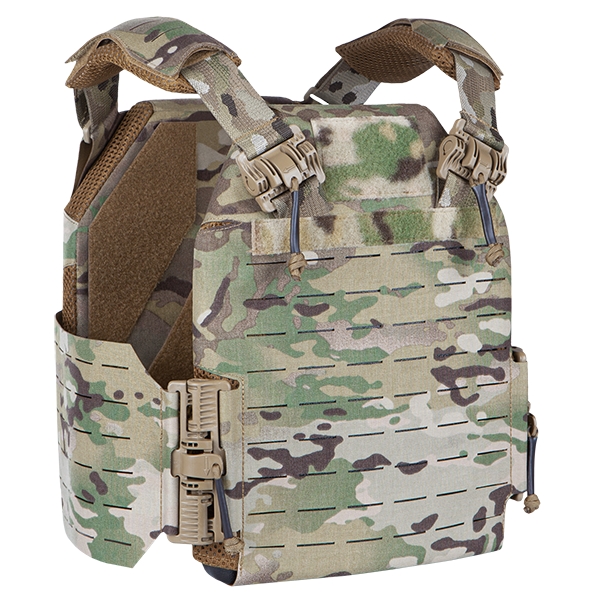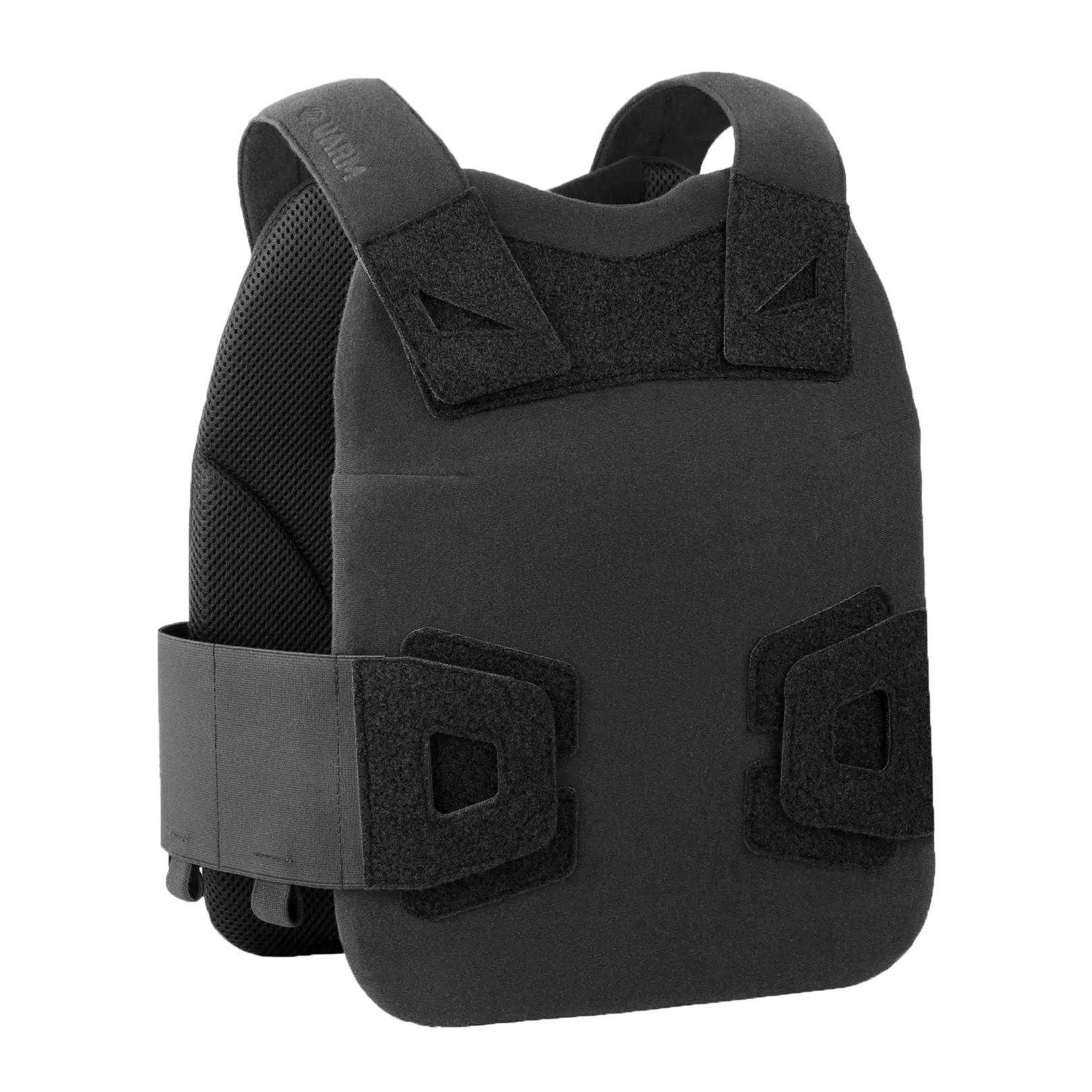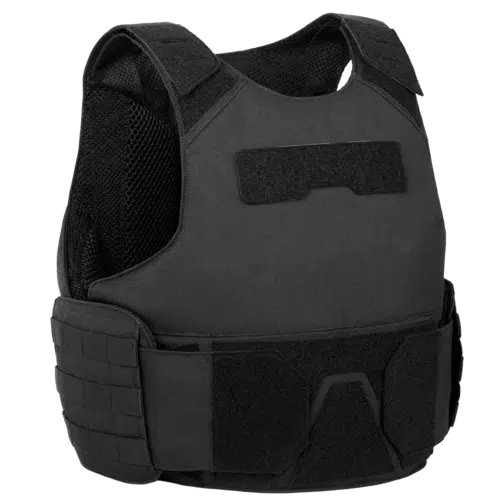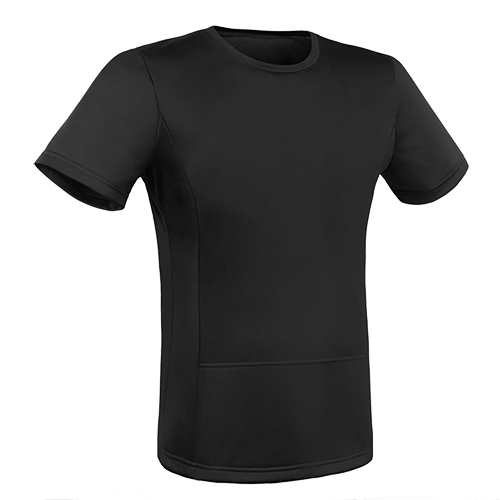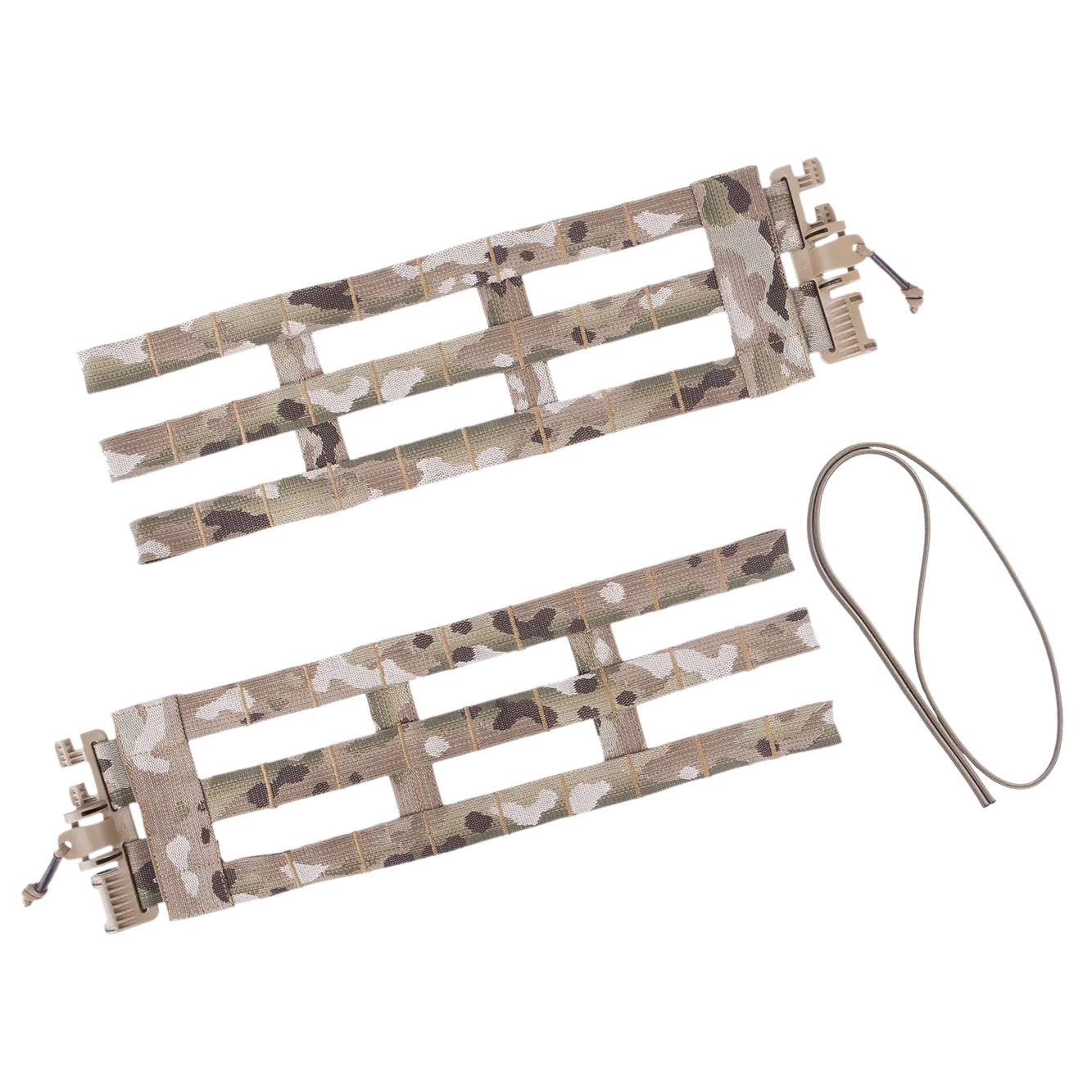Unloading Vests, RPS
8In Stock
Sort by Relevance
- Relevance
- Lowest price
- Top customer rating
- Highest price
Sort by Relevance
Sort by
- Relevance
- Lowest price
- Top customer rating
- Highest price
In Stock
Advanced Filters
Protection Level
Level 2 body
armor
8
Level 2 body
armor
8
Level 2 body
armor
8
Level 2 body
armor
8
Level 2 body
armor
8
Level 2 body
armor
8
Protection
Level 2 body
armor
8
Level 2 body
armor
8
Level 2 body
armor
8
Level 2 body
armor
8
Level 2 body
armor
8
Level 2 body
armor
8
Loading vests, in their original form, are now mostly relics of the past before modular equipment. They were standard issue for the US Army interceptor body armor and were used to add much-needed utility to a standard plate carrier. Now, you will rarely buy a loading vest as a whole, but rather from parts.
Because modern warfare and security sector demand for smaller units with higher versatility, modular equipment is now standard. An average company will want to have a choice of how much ammo, medkits, explosives, or any other type of gear they want everyone to carry. Thus, everyone opts to make their own unloading vest rather than to get one already finished and unchangeable.
Generally, a modern loading vest should have three things:
- Good weight distribution
- Complementary attachments with the plate carrier
- Modular layout options
